Results
-
 £53.95
£53.95Cut to the Chase (Concert Band - Score and Parts) - Stalter, Todd
In popular jargon, the phrase "cut to the chase" means to get to the really interesting or important point, and leave out all that is unnecessary. It originated from early cinematic lore when silent films were full of romantic story lines that inevitably led to much more exciting and memorable chase sequences. In this work, the melodic fragments are tossed around the band to give the impression that everyone is being chased or chasing something. To pay homage to the phrase's past, the frantic atmosphere stops for an obligatory inclusion of a slow, romantic chord progression with a soaring melody, and then the chase resumes, building to a rousing conclusion.Duration: 2:30
Estimated dispatch 7-14 working days
-
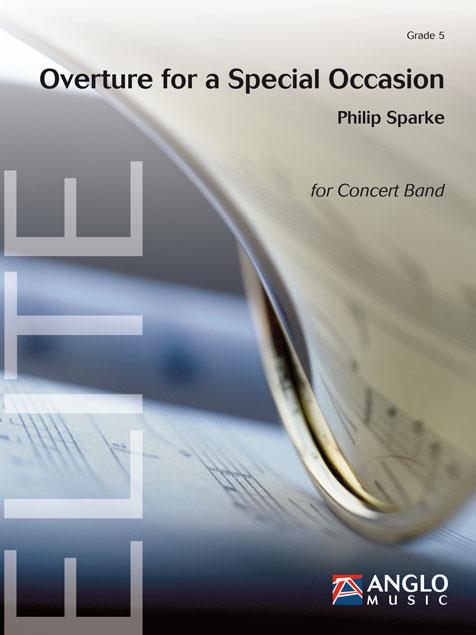 £164.99
£164.99Overture for a Special Occasion (Concert Band - Score and Parts) - Sparke, Philip
The special occasion that Philip Sparke was honoured to write this piece for was the 200th anniversary of the Stadtmusik Bad Sackingen. Since Bad Sackingen is known as the 'Trompeterstadt', or trumpeter city, Sparke's creative process was influenced by Joseph Victor Scheffel's poem, Der Trompeter von Sackingen (The Trumpeter from Sackingen), which is based on a true story. The overture starts with a majestic fanfare, followed by a lively molto vivace. It is joined by a brilliant trumpet call in honour of the city's famous resident.Duration: 7:30
Estimated dispatch 7-14 working days
-
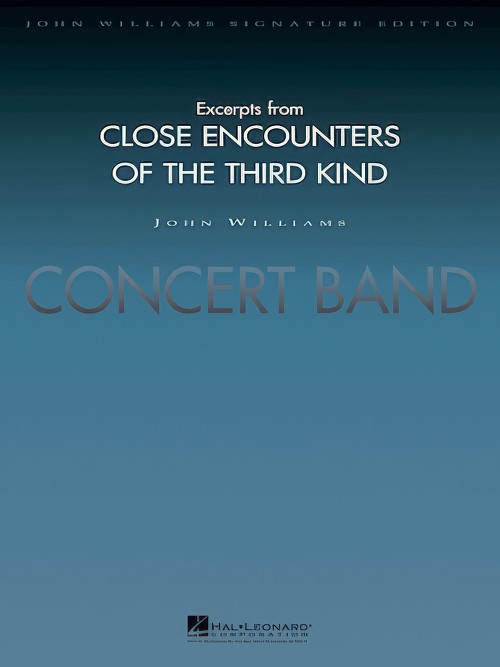 £38.50
£38.50Close Encounters of the Third Kind, Excerpts from (Concert Band - Score only) - Williams, John - Bulla, Stephen
In a story about friendly extraterrestrial visitors, John Williams' music captures the anticipation and excitement of this blockbuster movie, including the signature five-note motif used to communicate with the alien guests. The fact that this is one of Mr. Williams' favourite Spielberg films clearly comes across in this unique and masterful soundtrack
Estimated dispatch 7-14 working days
-
 £260.99
£260.99Close Encounters of the Third Kind, Excerpts from (Concert Band - Score and Parts) - Williams, John - Bulla, Stephen
In a story about friendly extraterrestrial visitors, John Williams' music captures the anticipation and excitement of this blockbuster movie, including the signature five-note motif used to communicate with the alien guests. The fact that this is one of Mr. Williams' favourite Spielberg films clearly comes across in this unique and masterful soundtrack
Estimated dispatch 7-14 working days
-
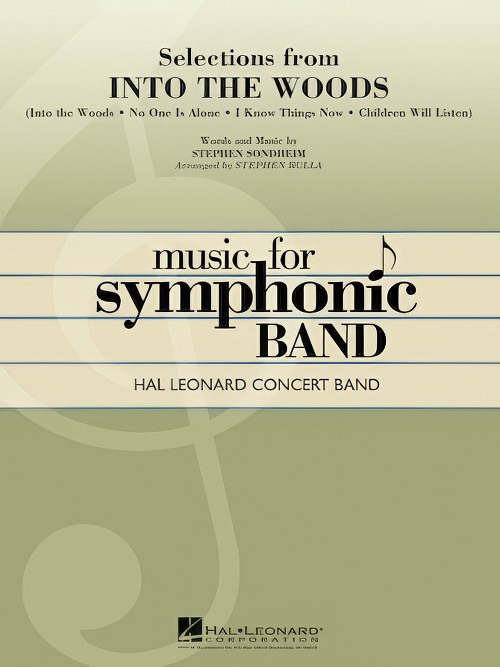 £76.99
£76.99Into the Woods, Selections from (Concert Band - Score and Parts) - Sondheim, Stephen - Bulla, Stephen
This landmark musical by Stephen Sondheim remains one of his most performed and popular shows. Using main characters from familiar fairy tales (Cinderella, Little Red Riding Hood, Jack and the Beanstock, and Rapunzel), the story line takes some unexpected twists and turns. Featuring memorable melodies from this award-winning production, Stephen Bulla's symphonic medley includes:Into the WoodsNo One is AloneI Know Things NowChildren Will Listen
Estimated dispatch 7-14 working days
-
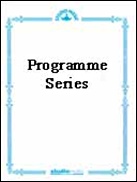 £87.95
£87.95Danse Macabre (Concert Band - Score and Parts) - Saint-Saens, Camille - Newton, Rodney
The story of this symphonic poem is well-known. As the church clock strikes midnight the skeletons arise from their grave to dance. Television viewers will remember this work as the title music to the detective series Jonathan Creek. American Grade 4-5
Estimated dispatch 7-14 working days
-
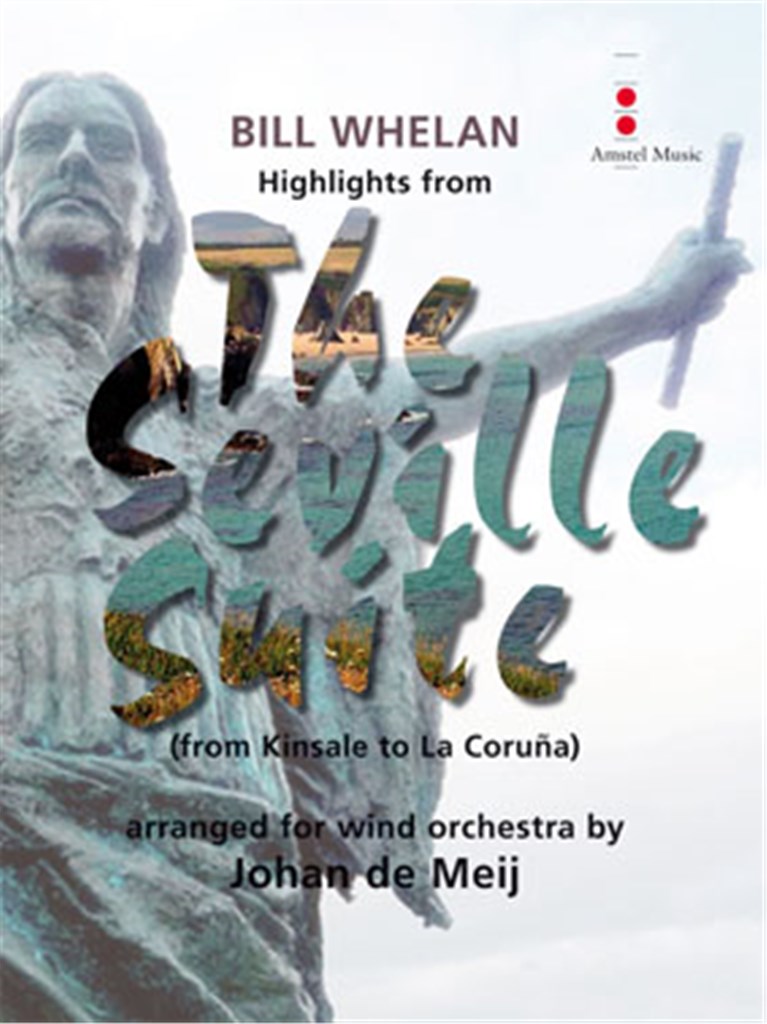 £173.00
£173.00The Seville Suite, Highlights from (Concert Band - Score and Parts) - Whelan, Bill - De Meij, Johan
The success of Bill Whelan's Riverdance evolved from a concept for music and dance that he established earlier with The Seville Suite, his first major orchestral composition. The Seville Suite was commissioned for Ireland's National Day at the World Expo 1992 in Seville, Spain. Through the score, Whelan tells the story of legendary Irish war hero Red Hugh O'Donnell. At a mere 21 years of age, O'Donnell successfully led a rebellion against the English government in 1593. Johan de Meij's arrangement is an adaptation featuring highlights from the original suite. Duration: 13.15
Estimated dispatch 7-14 working days
-
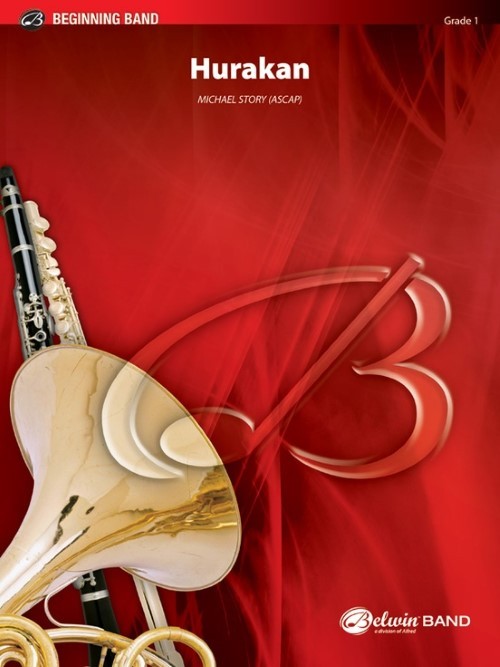 £55.50
£55.50Hurakan (Concert Band - Score and Parts) - Story, Michael
Hurakan is the name of the Mayan god of wind, fire, and storm. Meaning "one legged," the word is most likely the origin of the word "hurricane." Michael Story's original overture is filled with cyclonic energy!Duration: 2.30
Estimated dispatch 7-14 working days
-
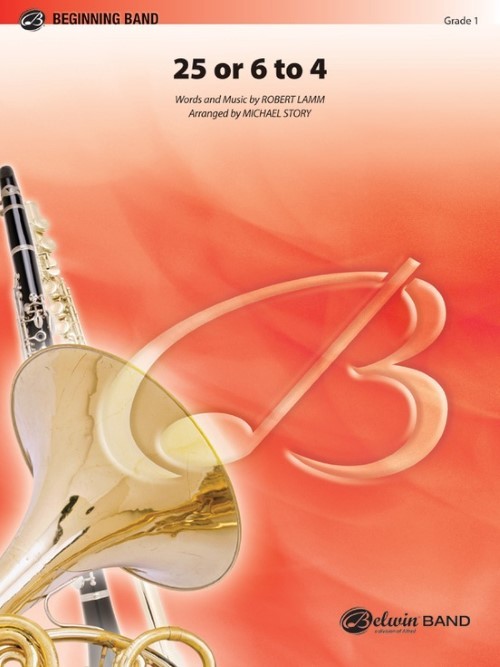 £57.00
£57.0025 or 6 to 4 (Concert Band - Score and Parts) - Lamm, Robert - Story, Michael
This arrangement of 25 or 6 to 4, one of jazz-rock band Chicago's biggest hits, will make your band sound huge while bringing this classic pop tune to life for your beginners!Duration: 2.15
Estimated dispatch 7-14 working days
-
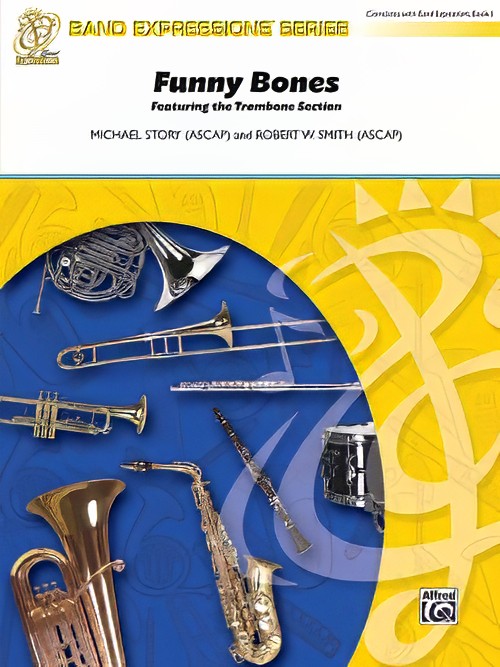 £53.95
£53.95Funny Bones (Trombone Section Feature with Concert Band - Score and Parts) - Smith & Story
Sure to tickle, "Funny Bones" features your trombone section strutting their stuff with the full band supporting their antics in a rock-groove fashion- this one's a winner!Duration: 1.30
Estimated dispatch 7-14 working days
